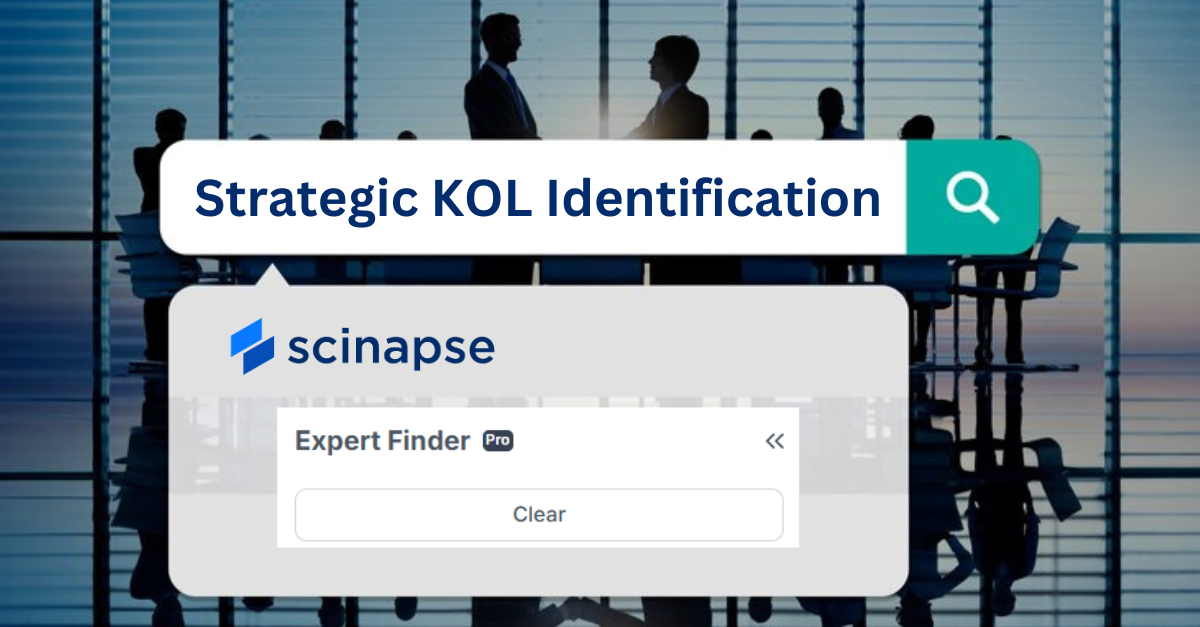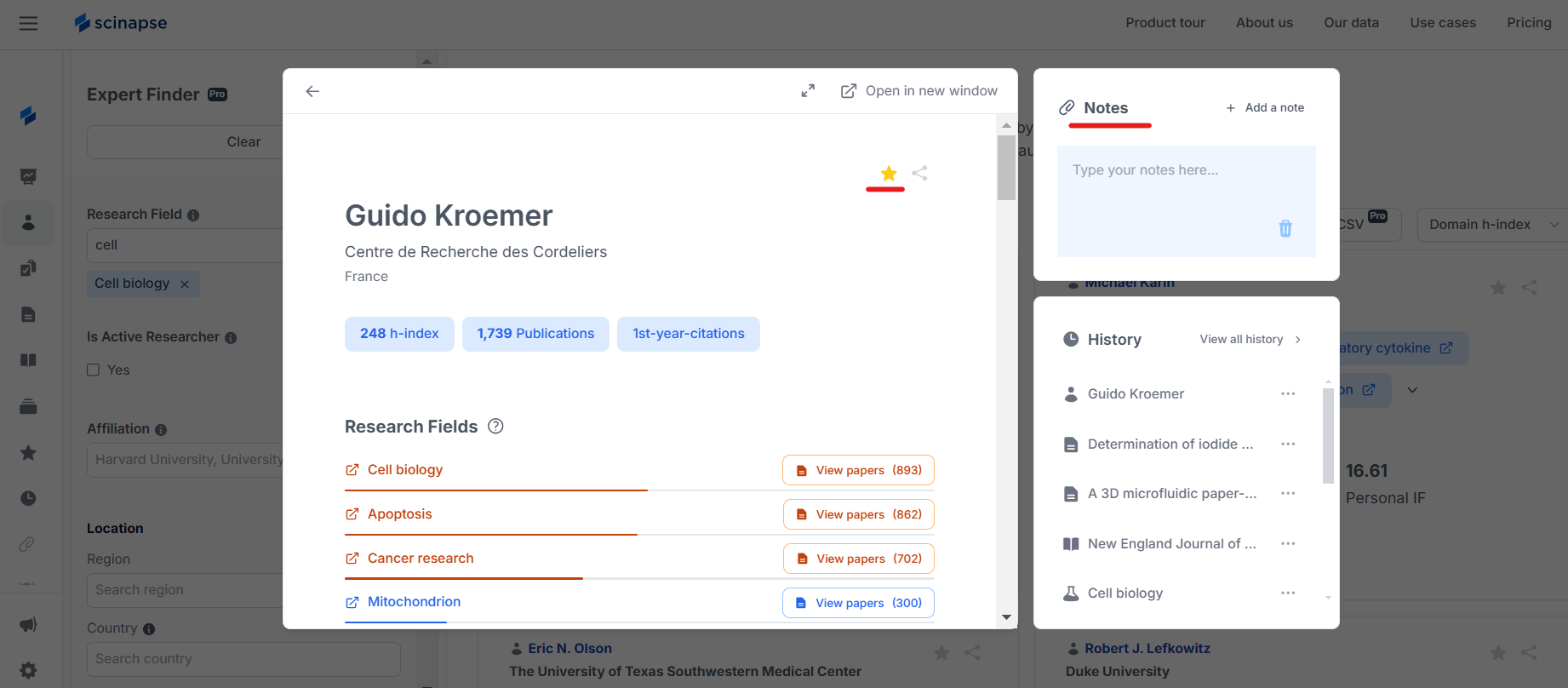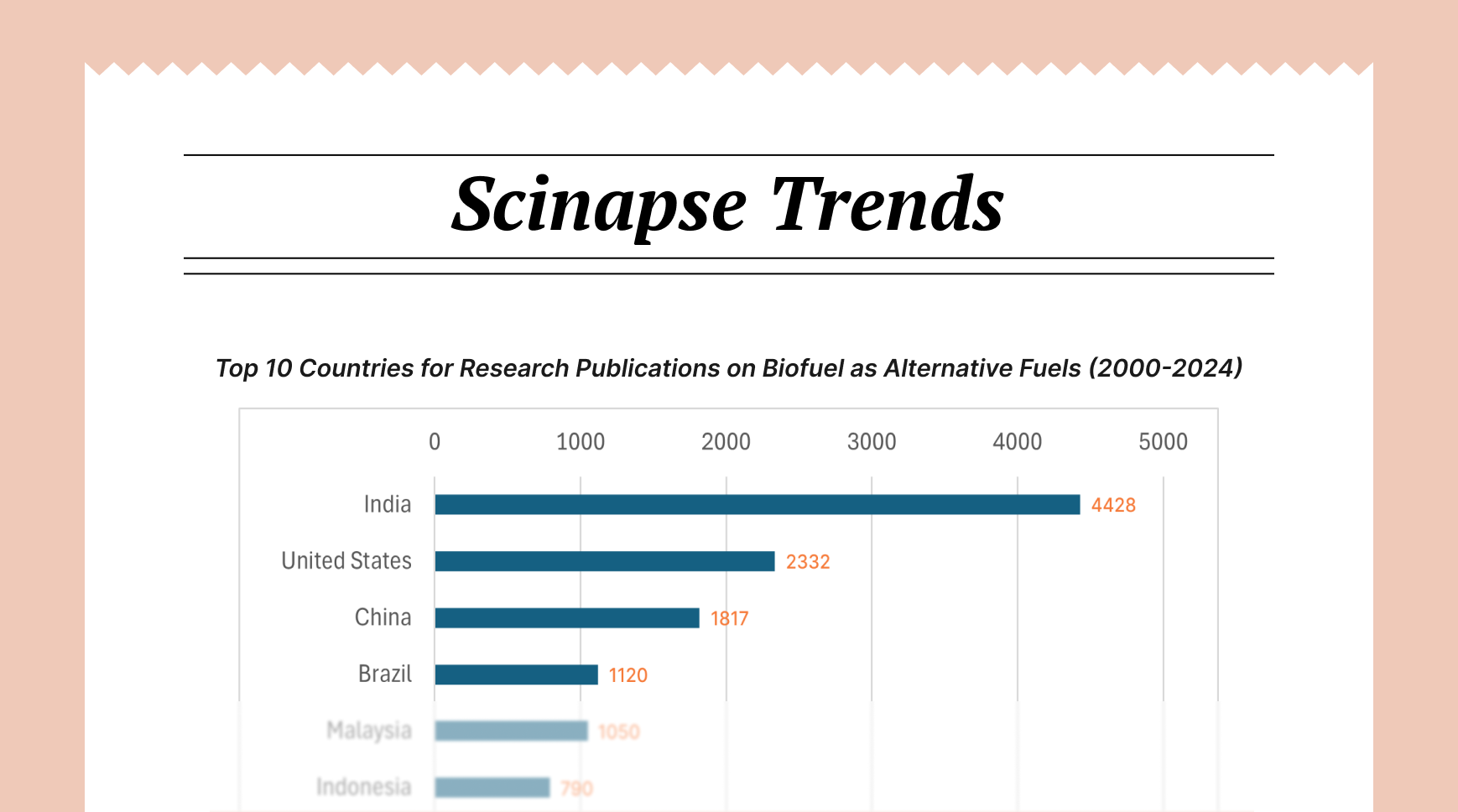Strategic KOL Identification and Relationship Management in R&D: A Guide for Medical Science Liaisons and Research Leadership

Key Opinion Leader (KOL) identification and management in pharmaceutical research and development has significantly transformed in recent years. As the industry faces increasingly complex challenges and regulatory requirements, the role of Medical Science Liaisons (MSLs) and R&D leadership in managing these crucial relationships has become more sophisticated and strategic.
Strategic KOL Identification and Mapping
Effective KOL identification and management lies in the strategic identification and mapping of potential thought leaders. Modern approaches have moved beyond simple publication counts and academic titles to embrace sophisticated, data-driven methodologies. The integration of advanced platforms like Scinapse's Expert Finder has revolutionized this process by providing comprehensive, multi-dimensional analysis of potential KOLs.

10 Key Steps for Strategic KOL Identification Using Scinapse Expert Finder
Step 1- Enter your therapeutic area into Expert Finder's search interface, using precise keywords that align with your research pipeline. For accuracy, include related terms to capture interdisciplinary experts and note the total number of potential research experts.
Step 2- Apply essential filters such as geography, institutional affiliation, and the "Recently focused" tag to identify currently active researchers in your target regions and organizations.
Step 3- Evaluate research impact using multiple metrics: Domain h-index for field-specific expertise, total citations for overall impact, Personal Impact Factor (IF) for publication quality, and publication count for productivity.
Step 4- Review each potential KOL's main research topic, looking for direct overlap with your therapeutic areas and complementary expertise that could benefit your research programs. Pay special attention to those working on innovative approaches.
Step 5- Analyze publication patterns by examining recent publication history, journal quality, authorship positions (first/last author), and collaborative networks to confirm research leadership and current focus areas.
Step 6- Use Expert Finder's network visualization tools to map professional connections, identifying both primary KOLs and valuable secondary connections through collaboration networks.
Step 7- Create a tiered ranking system categorizing experts as global thought leaders (highest overall metrics), regional influencers (strong local presence), rising stars (rapidly increasing metrics), and specialist experts (high domain-specific expertise) by adding notes and star-marking the KOLs.
Step 8- Assess engagement potential by reviewing institutional affiliations, existing industry relationships, geographical proximity for in-person meetings, and communication capabilities for international engagement.
Step 9- Document comprehensive profiles for selected KOLs including metrics, expertise areas, research interests, and potential engagement opportunities, integrating this information with your organization's CRM system.
Step 10- Develop individualized engagement plans with specific objectives and success metrics, scheduling regular reviews to update profiles based on new publications and research directions while maintaining compliance documentation.

Core Components of Effective KOL Management
1- Value Exchange Framework
Successful KOL relationships are built on a foundation of mutual benefit and shared scientific interests. Modern pharmaceutical companies must develop comprehensive value exchange frameworks that encompass various engagement opportunities:
- Scientific collaboration on research initiatives
- Advisory board participation and strategic input
- Clinical trial leadership and design consultation
- Speaking engagements and medical education
- Publication development and academic partnerships
2- Engagement Planning and Execution
The implementation of KOL engagement strategies requires careful planning and coordination. MSLs must develop individualized engagement plans that consider each KOL's interests, communication preferences, and potential contributions to the company's research objectives. These plans should be dynamic, allowing for adaptation as relationships evolve and new opportunities emerge.
3- Technology Integration and Digital Solutions
The use of AI tools for KOL management has introduced a methodology that enhances the efficiency and effectiveness of engagement efforts. AI-driven platforms are particularly valuable for:
- Analyzing research networks and identifying potential collaborations
- Tracking engagement patterns and outcomes
- Monitoring compliance and transparency requirements
- Measuring the impact of KOL relationships on research objectives
The integration of platforms like Scinapse's Expert Finder has particularly enhanced the ability to identify and evaluate potential KOLs through:
- Comprehensive evaluation of expertise through multiple metrics
- Network analysis revealing potential interdisciplinary connections
- Tracking of emerging research trends and focus areas
- Assessment of institutional resources and collaborative environments
Next Step in KOL Management
KOL relationship management in pharmaceutical R&D reflects the industry's commitment to meaningful scientific collaboration and advancement. By leveraging modern technologies like Scinapse's Expert Finder while maintaining a focus on strategic relationship building, organizations can develop more effective and impactful KOL partnerships.

Author: Uttkarsha B
- AI-Ethicist and STM Research & Publishing Expert
Never re-search again.
Scinapse is made by researchers for researchers.
Join the next generation of research at ⏯️ https://scinapse.io/
Pluto Labs
Pluto Labs helps researchers focus on their research by improving several inefficiencies in the academic research process. We offer data-driven insights from academic papers, allowing users to easily obtain review-level results for their desired range of papers.
https://pluto.im/





Comments ()